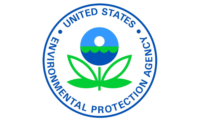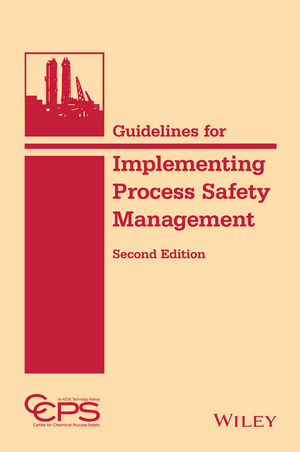EPA revises risk management rule for hazmat facilities

The EPA has revised a rule intended to protect first responders from hazardous substances at the facilities to which they are summoned. The Risk Management Program (RMP) Reconsideration rule, which implements parts of the Clean Air Act, required facilities that use extremely hazardous substances to develop a Risk Management Plan which must be submitted to the EPA every five years.
The agency said its final RMP reconsideration rule will maintain important public safety measures while removing burdensome and costly amendments that affect emergency responders (many of whom in rural areas are volunteers). The EPA said the rule now “harmonizes” rather than conflicts with OSHA’s Process Safety Management standard. Cost savings are estimated at $88 million a year.
Significant chemical accidents have trended downward since the original rule was finalized in 1996.
The EPA said the final rule also ensures that appropriate protections are in place to prevent terrorists from accessing the information and using it to target chemical facilities in attacks – a concern identified during interagency review of the proposed RMP Amendments, which included the U.S. Department of Homeland Security, Bureau of Alcohol, Tobacco, Firearms and Explosives, and U.S. Department of Justice.
The agency says the new action brings to 48 the total of deregulatory actions it has taken under President Trump, and cites more than $5 billion saved in regulatory costs.
Looking for a reprint of this article?
From high-res PDFs to custom plaques, order your copy today!







